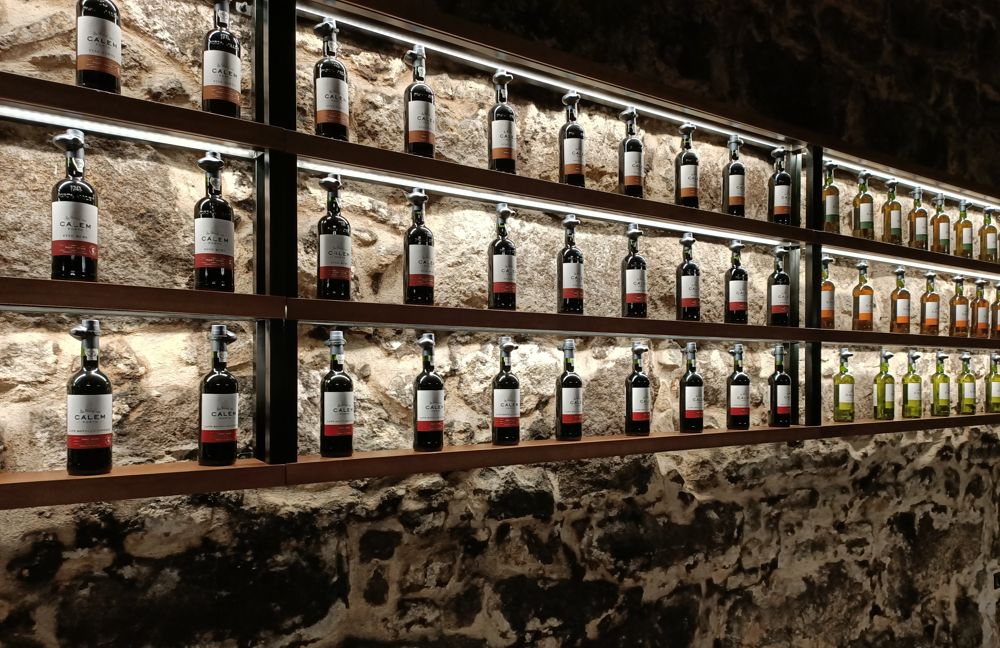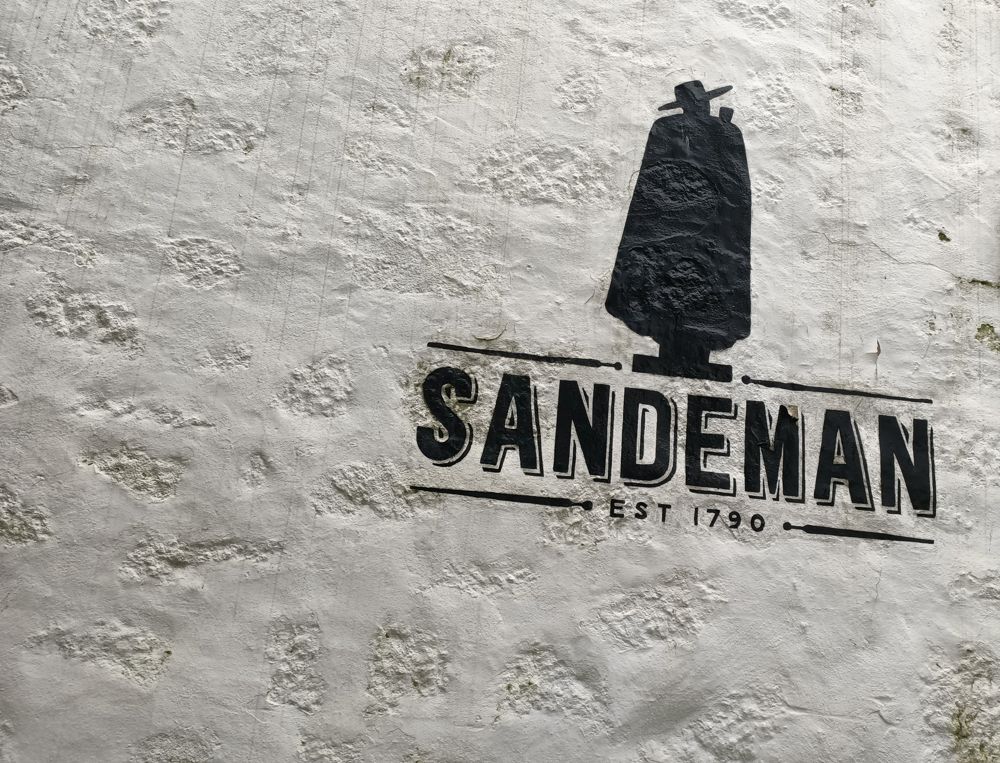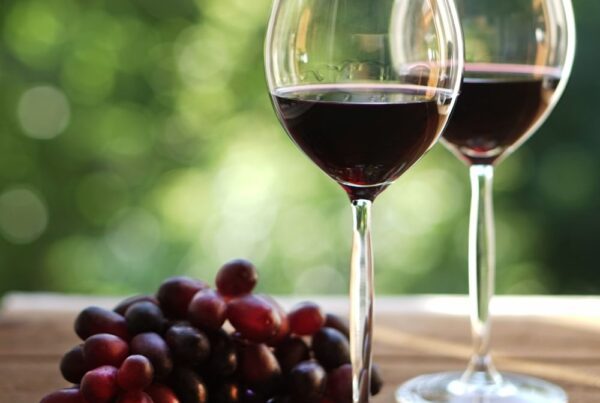Port must be made in the Douro Valley in Portugal to be called Port wine.
It can only come from Portugal because of strict rules and laws. Terroir, grape varieties, and how it’s made and aged all make it special and unique to Portugal.
In this article, you will learn why Port wine can only be from Portugal.

Contents
Port wine and Protected Designation of Origin (PDO)
Port wine has a Protected Designation of Origin (PDO) status. This means that there are rules and laws that say it can only come from a specific place.
These rules set by the European Union mean that Port wine can only come from the Douro Valley in Portugal.
Port wine regulatory bodies and quality assurance
Port wine is regulated by different bodies, such as The Instituto dos Vinhos do Douro e do Porto (IVDP). They ensure Port winemakers adhere to strict rules and maintain quality standards.

Port historical and cultural heritage
The first reference to a “Porto” wine from the Duoro was in 1675.
The Duoro (and its Port wines) was the first demarcated and regulated wine region in the world when the Marquis of Pombal–the then-Secretary of State of the Kingdom of Portugal– founded the Duoro Wine Company in 1756.
The Douro Valley, where Port wine is made is so special it’s a UNESCO World Heritage Site.
This valley in Portugal got this prestigious title because it’s a stunning place with amazing landscapes shaped by terraced vineyards that date back for centuries.
As well as being beautiful, these terraces are designed to help the grapes grow in an unforgiving landscape.
This UNESCO recognition says the Douro Valley isn’t just important for making great wine; it’s a place of incredible history and natural beauty that deserves to be protected and celebrated.

Port wine grape varieties
There are approximately 30 different traditional grape varieties that Port wine can be made with.
Each variety contributes its own distinctive character to the wine and thrive under specific growing conditions.
Most Port wine is a blend of different grape varieties. The combination of different varieties gives Port both complexity and harmony.

The six most commonly used grapes in Port production are:
Touriga Franca
Also known as Touriga Francesa, it is the most widely planted grape variety in the Duoro Valley. It produces consistent and reliable top quality Port wine with intensely fruity aromatic wines with firm tannins.
Touriga Nacional
This grape variety is possibly the most famous of the top red Duoro grape varieties. It has small thick-skinned berries that produce low yields of dark concentrated tannic wines. This variety provides depth, concentration and volume to Port wine.
Tinta Barroca
Tinta Barroca grapes are richer in anthocynanins than tannins which produces wines that provide more color than structure. It is therefore often blended with more structured varieties. It produces fragrant wines that are soft and round on the palate.
Tinta Roriz
Tinta Roriz grows well in dry years and its large berries produce relatively high yields. Tinta Roriz produces aromatic structured wines that gain elegance and complexity with age and often developing spicy and raisiny character.
Tinto Cao
Tinta Cao is an old variety that has adapted well to hot and dry conditions and which can grow even in poor soil. It produces very low yields and is therefore not a widely planted variety. Its small berries produce long-lasting velvety wines with crisp acidity that develop great complexity with age.
Tinta Amarela
Tinta Amarela is an early-ripening grape that grows well in dry conditions. It produces age-worthy intensely aromatic wines with cherry, blackberry and violet notes.
Unique terroir of the Douro Valley

The Douro Valley is special because of its unique terroir for grape growing.
The soil here is a mix of schist and granite which ensure that the grapes grow well.
These rocks soak up the heat from the sun during the day and keep the vines warm at night.
The climate in the Douro Valley is just right—hot summers and cooler winters—which is perfect for these special grapes.
Traditional winemaking techniques unique to Port

Port wine has winemaking techniques that are unique to Port wine.
The fermentation process for Port wine is short but intense, typically just 24-48 hours. Port wine uses more vigorous extraction techniques than regular wine.
The traditional Port wine extraction technique is foot treading.
Port wine Foot Treading
The first stage of foot treading is called the “corte” or cut. A team of workers form a line, standing close together, and advance slowly across the lagar treading and squashing the grapes in unison.
The grapes are trodden like this for two hours crushing the grapes into a thick soupy liquid.
The second stage of treading is called “liberdade” or freedom where the treaders work individually. The treaders move around the lagar ensuring the grape skins are evenly distributed in the juice.
The treading process is controlled by the winemaker, but treading can often have a festive atmosphere with music and dancing.
Foot treading is labour intensive and therefore expensive, so it is not widely used anymore; however, it is still used to make some premium Port wines.
Today, modern machines and techniques, such as robotic lagares and piston plungers, that mimic foot treading are more commonly in use.
For more details see How Port is Made.
Ageing techniques unique to Port wine

Tawny Port wine is aged in a particular way that is unique to Port.
It is aged in small barrels, called “pipas” that are part-filled with wine. The pipas are approximately 5/6 full, ensuring the wine is in contact with oxygen.
It is this contact with the oxygen and wood that creates the oxidative notes (dried fruit, walnut, chocolate, coffee and caramel) in Tawny Port, as well as its color, which can range from Tawny (brownish) to brown color.
The longer a Tawny Port is aged, the darker and browner the color will be.
The smaller surface area of the pipas also ensures more contact with wood than in a large vat. This contact with the wood also influences and changes the flavors and color of Tawny Port wine.
Read with confidence: I am a certified wine expert (WSET L3).





